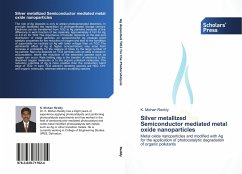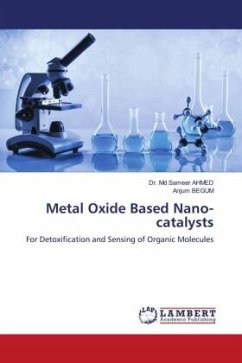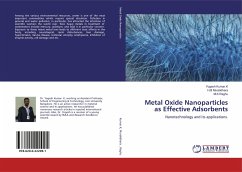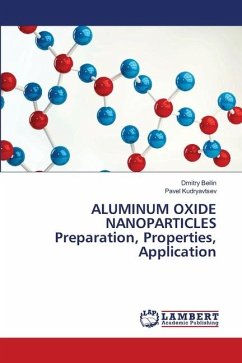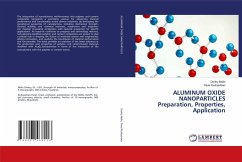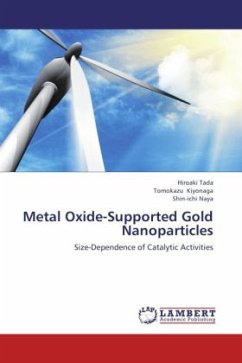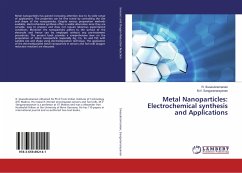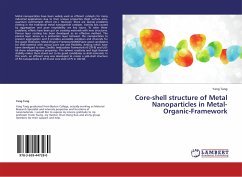The role of Ag deposits is only to attract photogenerated electrons. In principle facilitates the separation of photogenerated charge carriers. Electrons can be transferred from TiO2 to Ag particles because of the difference in work function of two materials. Approximately 4.7eV for Ag vs 4.6 eV for TiO2 The importance of transfer depends on the size and distribution of metal particles on semiconductor. Ag possess good catalytic properties for the reduction of oxygen and also to the formation of superoxide ion radicals on Ag with lower voltage than on TiO2 The detrimental effect of Ag at higher concentrations may arise from increase in probability for the capture of holes by the large number of Ag particle. Nano Ag deposits on TiO2 particles acts as sites of electron accumulation, where the reduction of the adsorbed species such as oxygen can occur. Rate limiting step is the transfer of electrons to the dissolved oxygen molecules or to the organic pollutant molecules. The reduction potential of Ag is more positive than the conduction band edge of TiO2. In bare TiO2 electron donating species are H2O, OH- and organic molecules, whereas electron accepting species
Bitte wählen Sie Ihr Anliegen aus.
Rechnungen
Retourenschein anfordern
Bestellstatus
Storno

